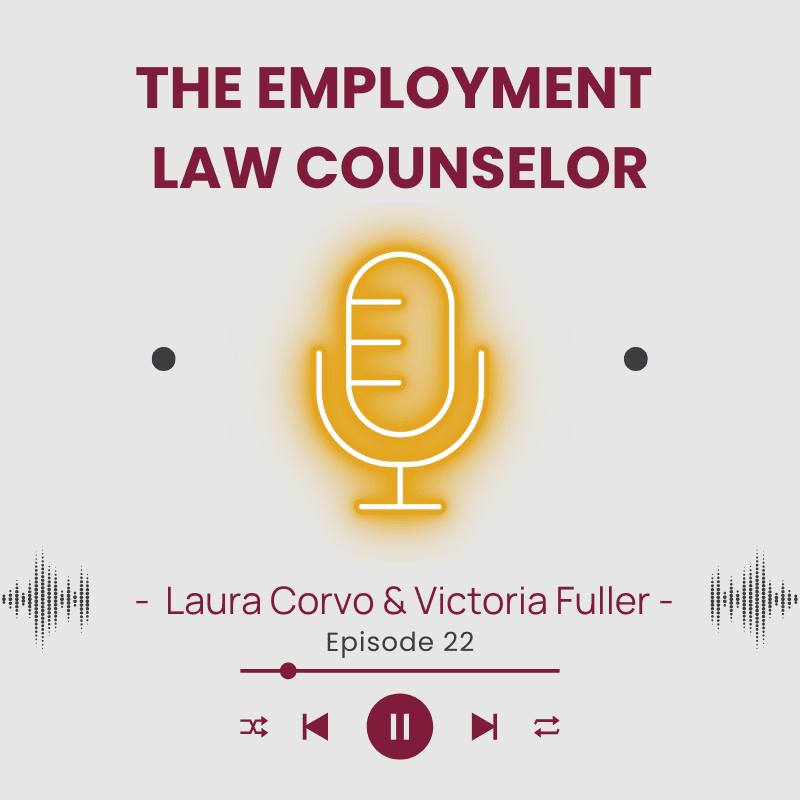November 3, 2025
If Athletic Conferences Become Investment Vehicles

A recent push to create an entity that would hold conference-wide media rights and sponsorship contracts for the conference member schools in exchange for a $2B payout highlights emerging director and officer and fiduciary risk to universities.
Reportedly, the Big Ten Conference is moving towards a vote on the creation of a new entity, Big Ten Enterprises (BTE), which would allow UC Investments, manager of the University of California’s $190B in retirement and endowment assets (UC Pension Fund), to invest $2.4B into BTE, which would be paid out to universities. In exchange, BTE would own and manage the Big Ten schools’ media and sponsorship rights. The Big Ten includes the Ohio State University, a school with an Athletic Department Revenue purportedly totaling over $215M.
Before discussing the proposed framework of the BTE and potential liability exposures stemming therefrom, the following briefly reviews the litigation against the antitrust litigation brought by athletes against the NCAA and conferences, as well as the resulting House Settlement, and commoditization of student-athletes’ NIL (name, image, and likeness).
The In Re College Athlete NIL litigation was filed initially as House v. NCAA; a lawsuit brought in the 9th circuit by Arizona State swimmer Grant House and consolidated with two other NIL-related cases brought by former student athletes. House sued the NCAA and its largest conferences (ACC, Big Ten, Big 12, Pac-12, and SEC) over the refusal to share TV revenue with college athletes, among other issues. In June 2025 In Re College Athlete NIL litigation settlement (“House Settlement”) was approved, which provided terms of engagement for universities to directly pay college athletes for their NIL.
Specifically, the House Settlement established a framework for universities to pay athletes, including creating a member benefit Pool (with graded revenue sharing). The settlement also addressed third-party NIL payments, mandated student-athlete reporting for third-party NIL contracts in excess of $600, and set specific Sport roster limits for universities that provide payments or benefits (including scholarships) to student-athletes.
What the House Settlement does not do, however, is contemplate the currently proposed BTE investment fund framework. The following discusses part of the projected deal and potential risks to BTE university participants.
Shares of ownership in the BTE would be purchased by the 18 conference schools, the Big Ten, and the investor group tied to the UC Pension Fund. The $2.4B valuation was purportedly higher than competing bids, and the investor group is not a private equity firm. Not every Big Ten-member school supports the initiative, and the equity amount per school is still being negotiated. It is anticipated that a tiered structure for equity will be created with larger-brand schools receiving a slightly higher share of the initial $2B plus payout from BTE, with each school purportedly receiving $100M or more. For some participating universities, this capital may be seen as necessary to recruit top athletic recruits with larger NIL offers and payments.
One federal lawmaker, Senator Maria Cantwell of Washington, has already raised a potential professional liability risk to universities in a letter to Big Ten presidents cautioning them about allowing the BTE deal to go forward. The senator noted that participation in the BTE “[m]ay be counter to your university’s academic goals, may require the sale of university assets to a private investor, and may affect the tax-exempt purpose of those assets.”
Most public and private universities are tax-exempt entities under section 501(c)(3) of the Internal Revenue Code because they operate for an educational purpose or are state governmental entities. To remain tax-exempt, an organization must be organized and operated exclusively for exempt purposes outlined in section 501(c)(3), and none of its earnings may inure to any private shareholder or individual. Thus, as Senator Cantwell signals, earnings by BTE participating universities may benefit the UC Pension Fund investor group, potentially running afoul of 501(c)(3).
If BTE members fail to maintain their 501(c)(3) status university donors and grant funders that rely on 501(c)(3) tax-deductible donations may bring director and officer (D&O) claims against university leadership. Such allegations of misrepresentation and breach of fiduciary duty may result in exposure to the university’s D&O insurance policy. Another potential risk to BTE university members and their D&O insurers may result from heightened regulatory scrutiny over, particularly public universities, investment in what may be considered a “buy now, pay later” investment structure.
In particular, the BTE deal, once executed, may invite public-sector oversight as the $2B plus in cash is paid out to participating universities in anticipation of returns for the UC Pension Fund group. For example, state legislatures may require that participating BTE universities create financial oversight committees that report results to state government financial agencies and that BTE deal records be made public. This could include providing greater transparency regarding return on equity and investment committed by university leadership and may lead to increased scrutiny, which may come in the form of legislative subpoenas and hearings.
University D&O insurance may provide coverage for legal expenses incurred in preparing, responding, and representing officials that may be called to testify regarding participation in the BTE. There may also be questions surrounding failure by participating BTE universities to meet investment return expectations, particularly sponsorship or media resets from certain schools that may be lackluster due to team performance. Such queries may lead to fiduciary liability claims by university employees and beneficiaries, depending on how the capital from BTE is initially deployed and the value of participating universities sponsorships and media rights.
Charlie Baker, the president of the NCAA, in addressing the potential creation of the BTE stated recently, “My message to everybody on this would be really simple: ‘Be really careful.'” He may be right.
If athletic conferences evolve into investment vehicles for participating universities, the line between education and enterprise may become blurred, impacting the fiduciary and governance expectations of university leadership. By accepting short-term capital infusion in exchange for long-term media and sponsorship rights, universities may become participants in a complex commercial fund structure. Particularly if payment for expensive NIL contracts does not result in a winning program.
In addition, participating institutions may invite scrutiny not only from lawmakers and tax authorities, but also from donors, alumni, and regulators who expect universities to act in the public interest. Thus, for professional liability insurance carriers, the risks associated with the proposed BTE model highlight how university D&O and fiduciary exposures may expand beyond Title IX and employment claims into investment, disclosure, and governance risk should universities and conferences choose to participate.
See Sarah Abrams at the 2025 PLUS Conference as she interviews the 2025 PLUS Conference headliner, Nick Saban during the opening general session.
Learn more and register below:
Meet the Author
 Sarah Abrams, Head of Claims
Sarah Abrams, Head of Claims
Baleen Specialty, a division of Bowhead Specialty
Sarah Abrams is the Head of Claims at Baleen Specialty, a division of Bowhead Specialty. She built the Baleen Claims department and in her previously role as Head of Professional Liability Claims at Bowhead Specialty she oversaw the professional liability claims department handling of Director and Officer, Management Liability and Errors and Omissions claims. Sarah practiced law in Chicago, representing carriers, before moving in house. She has authored numerous articles and is a regular speaker at insurance and legal industry events.
News Type
PLUS Blog
Business Line
Professional Liability
Contribute to
PLUS Blog
Contribute your thoughts to the PLUS Membership consisting of 45,000+ Professional Liability Practitioners.
Related Podcasts

The Employment Law Counselor Episode 22
Navigating Labor and Employment Challenges During the Holiday Season Happy Holidays from…
Related Articles

A Softening Cyber Market That Can’t Last and Why Today’s Conditions Set the Stage for Tomorrow’s Correction
On the surface, the cyber insurance market looks like a buyer’s market:…

Claims Made Bites: How Pollution Claims Got Us Here
In this recent case an insured learned the hard way the prohibitive…

Semantics and Sophistry of “For”
Cyberattacks are continuing to increase in both volume and sophistication. This is…
